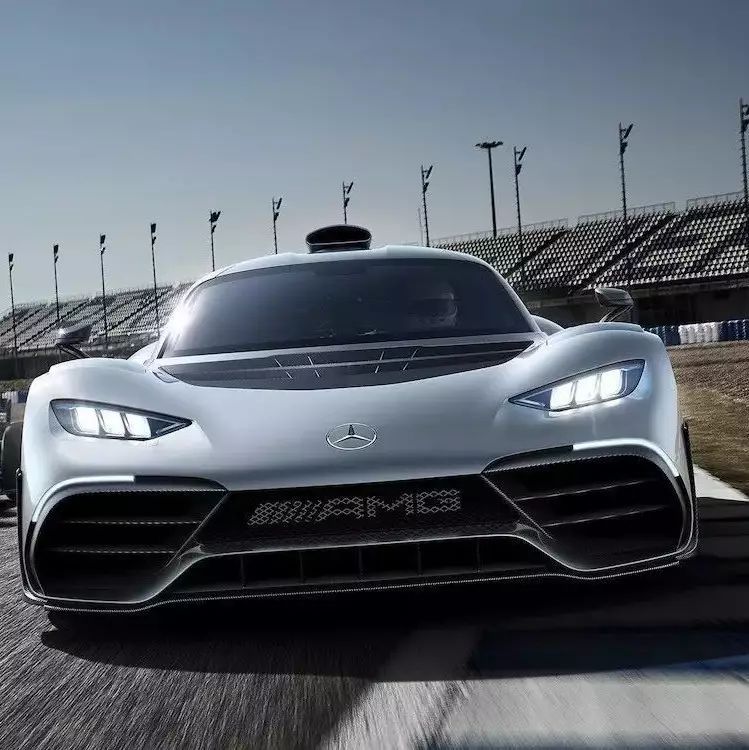Mercedes-Benz AMG Project ONE is so powerful, how did it happen?

This year, Project ONE, the 50th anniversary model of AMG, received high attention. There are two main reasons: first, it is expensive, and only 275 sets are limited to production, and the price is 2.27 million euros.
Secondly, the data is too strong. This car is equipped with F1 racing car that should only appear on the track. It will be more than 1014 horsepower, and the acceleration of 100 kilometers will take 2 seconds, while the acceleration of 0 to 200 kilometers will only take 6 seconds. What’s even more incredible is that this car is only 1.6 liters, with four motors.
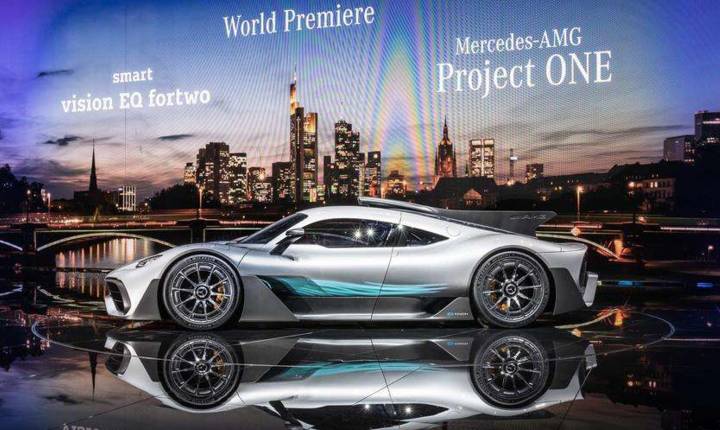
So the question is, how does this sports car make the power so strong?
First of all, the power system of AMG Project ONE is a hybrid system consisting of a 1.6T V6 and four motors. This one originated from the F1 Championship for the 2015 season. Lewis hamilton also won the championship this year with this excellent performance.
According to the published data, 1.6T booster plus 4 motors, the total reached 746kW. One of the four motors provides pumping power for the turbine, which is 90kW. This motor does not participate in direct work to drive the whole vehicle, but provides power source for the electronic turbine. The other three motors are 120kW, which can directly provide power for the whole vehicle. This hybrid mode is a parallel mode.

The advantage of parallel mode is that the energy loss is small, and each motor can drive the whole vehicle independently. In addition to transmission loss and system error, the sum can be calculated by superposition. This power system is about 746kW, minus the superposition of three motors of 360kW, so this 1.6 liter will reach 386kW.
Is it ridiculous? This is something that you can’t even think about. Generally, it takes more than 4L to achieve 386kW, but it can be achieved on a 1.6L platform, just like a 3-year-old child lifting a weight of 80kg.
The maximum NA of conventional 1.6L is only about 90kW, and the rotating speed is 6000rpm. If the rotating speed is doubled to 12000rpm, the times of doing work per unit time will be doubled. Plus, if it is increased by 40%, it will reach 252kW.
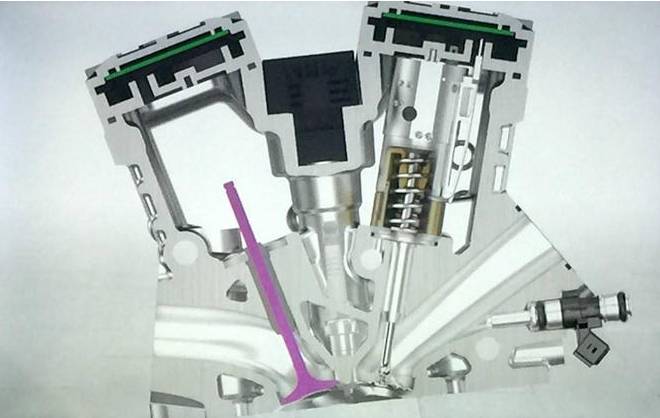
So how did this model achieve 386Kw? This AMG with a F1 heart not only uses exhaust gas to drive the turbine to increase the intake density, but also uses a 90kW motor to drive the electric turbine to increase the intake density, so it is entirely possible to reach 386kW.
This is the secret weapon of Super Engine with super power, but there are many problems to be solved to make it work normally. The first is inertia force. With the increase of rotational speed, the average speed is 7-12M/S, and the acceleration can reach about 200 g, while the rotational speed of Super Engine is twice or more than that of the conventional 1.6L. If designed according to the routine, the acceleration can reach 400 g, which is a great design challenge.
How does Super Engine do to overcome such a large inertial force? First of all, this is the advantage of a V6, V-type. For the whole vehicle, it can lower the center of gravity, and the effect is better. For me, first of all, the V-shape can decompose the inertial force into two opposite directions in the horizontal plane, and the inertial force can cancel each other out. So we only need to overcome the vertical component.
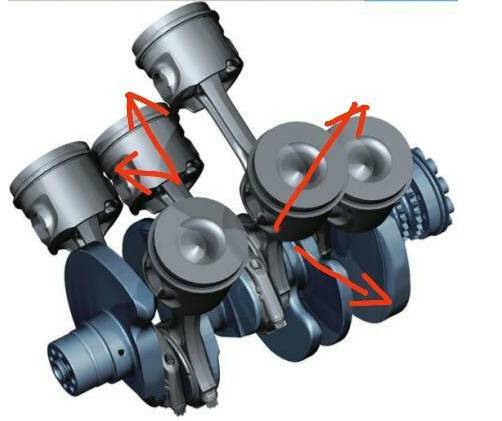
Secondly, 1.6L is divided into six cylinders, and the volume of each cylinder is reduced from 0.4L to 0.266L. The mass and volume of the connecting rod can be made smaller, so the rotation speed can be improved and the inertia force can be reduced.
In addition, the moment arm of is 1/2, so the Super Engine must be as short as possible, and F1 will generally set/to 2.5, so that the inertia force will be reduced at high speed.
In addition, the system, the opening and closing of the conventional camshaft drive, can no longer meet the reliability requirements at such a high speed, plus the force attenuation, the conventional steel is completely incompetent for this work. Therefore, a high-pressure nitrogen pressure tank must be equipped separately, and the pressure release gas pushing mechanism of the pressure tank can be controlled by calculating the opening and closing time of the electromagnetic valve, so that the reciprocating motion can be carried out quickly.
Super Engine rotates at 12,000 revolutions per minute, ignites 200 times per second, and opens and closes 200 times per second. The strength and reliability requirements of these core components, as well as the accuracy of ignition design, are very high, among which titanium alloy is the best choice for material selection.
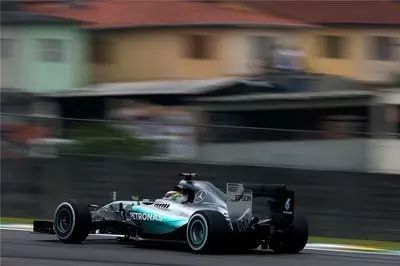
It needs to be emphasized here that the increase of intake density is directly proportional to the temperature in the intercooling system of this car. The intake air volume of 4.5L is inhaled in a unit time of 1.6L According to the conventional conversion, the intake pressure will reach about 3 bar, and the temperature after vortex will be much higher than that of traditional supercharging, so it is necessary to make a special design for the intercooling system to cool the intake temperature.
Generally, the service life of F1 racing car is 1000 kilometers, over after the runway is completed, which is caused by different design concepts. F1 is to pursue the ultimate speed and win the race. If the speed is designed to be above 15,000 rpm and other performance is sacrificed to improve the speed, such as reducing the weight of all parts, its reliability will not be considered, because winning the game is more important than everything else.
The service life of AMG Project ONE is 50,000 kilometers, which is much longer than that of F1′ s1,000 kilometers. I think there are two main reasons: first, the speed is reduced to about 11,000 rpm, so the use environment of parts is much milder than that of F1; Second, the use environment of the car, F1 is basically the biggest running on the track, and the maximum potential of F1 is fully exerted. However, AMG Project ONE cannot run at full speed within its life cycle, but should have its own durable working conditions.
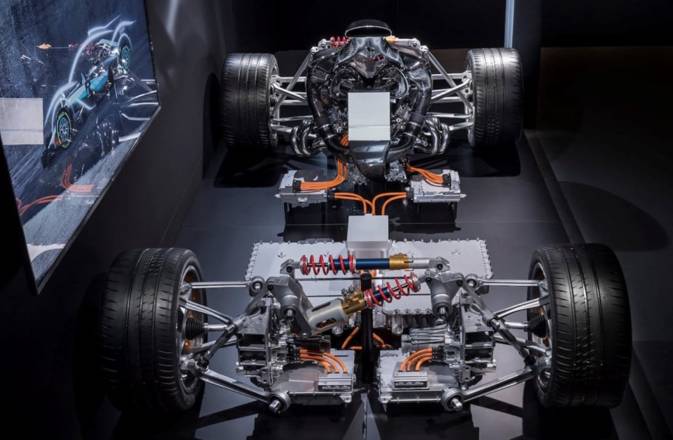
Finally, the technology of F1 events will be decentralized to the civilian field, bringing us such a high-performance product. In my opinion, this is just a high-end souvenir for the 50th anniversary of AMG, to let the world know the technology and look forward to it. However, it didn’t achieve real civilian use, 50,000 kilometers, and the conventional car was only maintained for 3 ~ 5 times, but AMG Project ONE had to change the powertrain to continue to use. In addition, the pure electric mode only lasted for 20 kilometers, which was a bit embarrassing.
Therefore, AMG Project ONE can improve the reliability and battery technology to be truly commercialized.
finish
